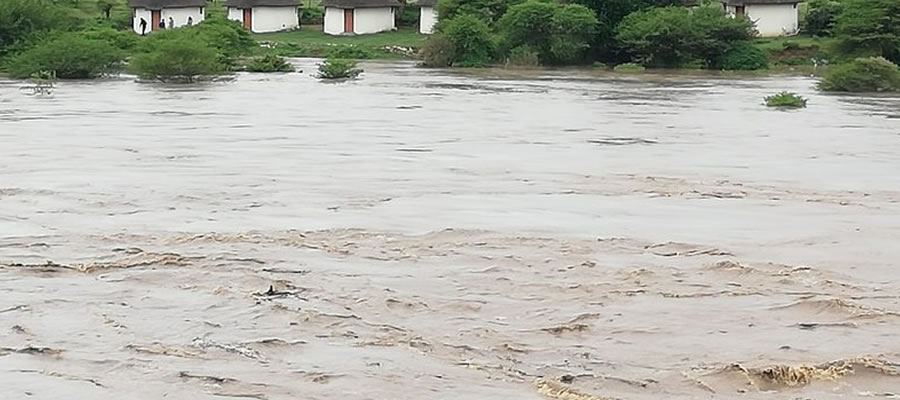

Land Use
The district is predominantly rural with more than 70% of the population living in rural settlements with populations less than 2000. Towns with populations between 500 and 300 number about 136 settlements. Urbanisation is not a pressing problem in the district except possibly in Walewale, which is the dominant urban, centre-enjoying most of the facilities.
The principal land uses reflect the almost total rural base of the district economy. About 80% of the people depend on agriculture for their livelihood. Large amounts of land are therefore put to the cultivation of major crops like maize, millet, guinea corn, groundnuts and cotton. Important minor crops cultivated include legumes, cassava and yams.
Population
According to the 1984 population census, the West Mamprusi District recorded a population of 79,130. Currently the population is estimated at 117,821, which was recorded in the preliminary results from the 2000 Population Census. Out of this 49.7% are males and 5013 are females. The urban population in the District is 16.2%.
The district thus, has a population density of about 24 person/km² compared to 16 in 1984. The population growth pattern has shown an increase of 100% between 1970 and 1984, 75% between 1984 and 2001 The district is predominantly a rural one, with majority of the population living in rural areas.
It is interesting to note that only five (5) settlements have a population from 5,000 and above. Sixteen (16) settlements were found to be in the range of 2,000 to 5,000 in 1997 but this number has increased to 23 in 1999.
ENVIRONMENT
Economic Activity
As mentioned earlier on, due to the heavy demand on the vegetation for domestic energy use, there has been deterioration in the vegetation. Coupled with this is the rampant bush burning as well as poor farming practices, which are all steadily deteriorating the environment.
Natural Disasters
The District characteristically is a disaster prone area. In 1999 unprecedented floods hard hit the District. Prior to the floods there was an initial drought, which affected crops in the district. As farmers were beginning to recover from the drought their farms were swept by an armyworm invasion.
This certainly devastated large acres of food crops, and disorganised the affected farmers. The situation became worse when the floods came in. The statistics below depict the situation encountered especially in the year 1999.
- 121 villages affected
- 52,209 affected persons
- 16,508 people displaced.
Properties destroyed were as follows:
- Groundnuts - 3,700 hectares destroyed
- Maize - 4,500 hectares destroyed
- Millet - 4,250 hectares destroyed
- Sorghum - 6,580 hectares destroyed
- Home - 5,500 rooms collapsed.
Date Created : 11/27/2017 3:20:54 AM











 facebook
facebook
 twitter
twitter
 Youtube
Youtube
 +233 593 831 280
+233 593 831 280 0800 430 430
0800 430 430 GPS: GE-231-4383
GPS: GE-231-4383 info@ghanadistricts.com
info@ghanadistricts.com Box GP1044, Accra, Ghana
Box GP1044, Accra, Ghana